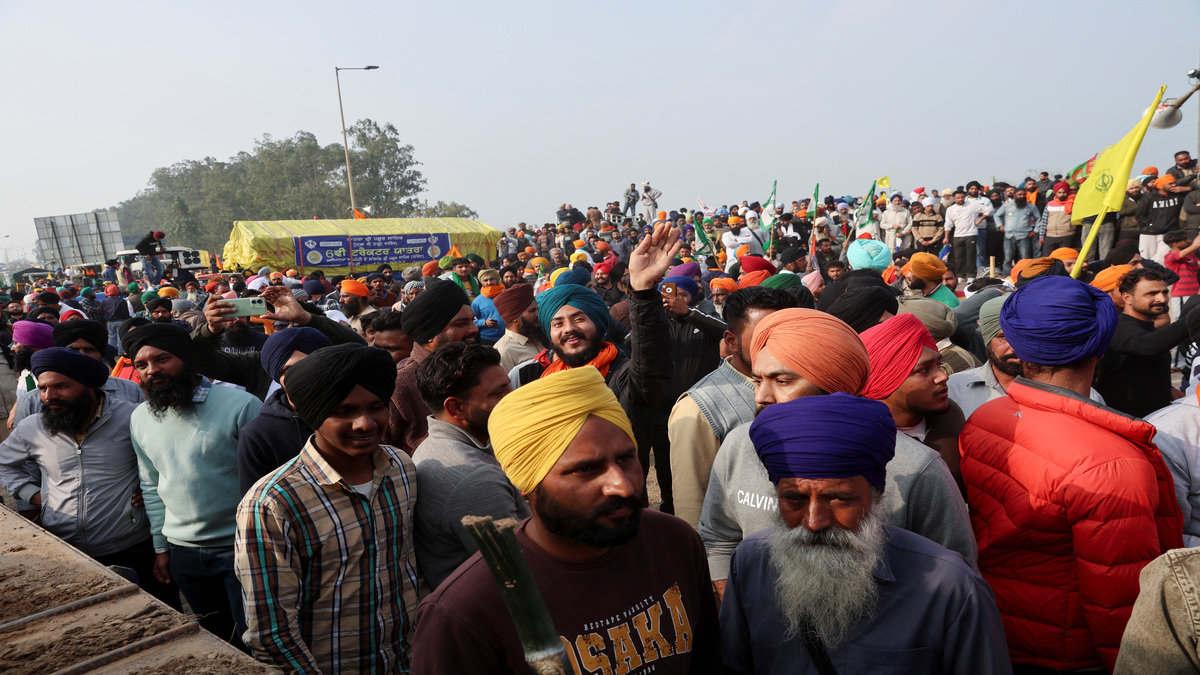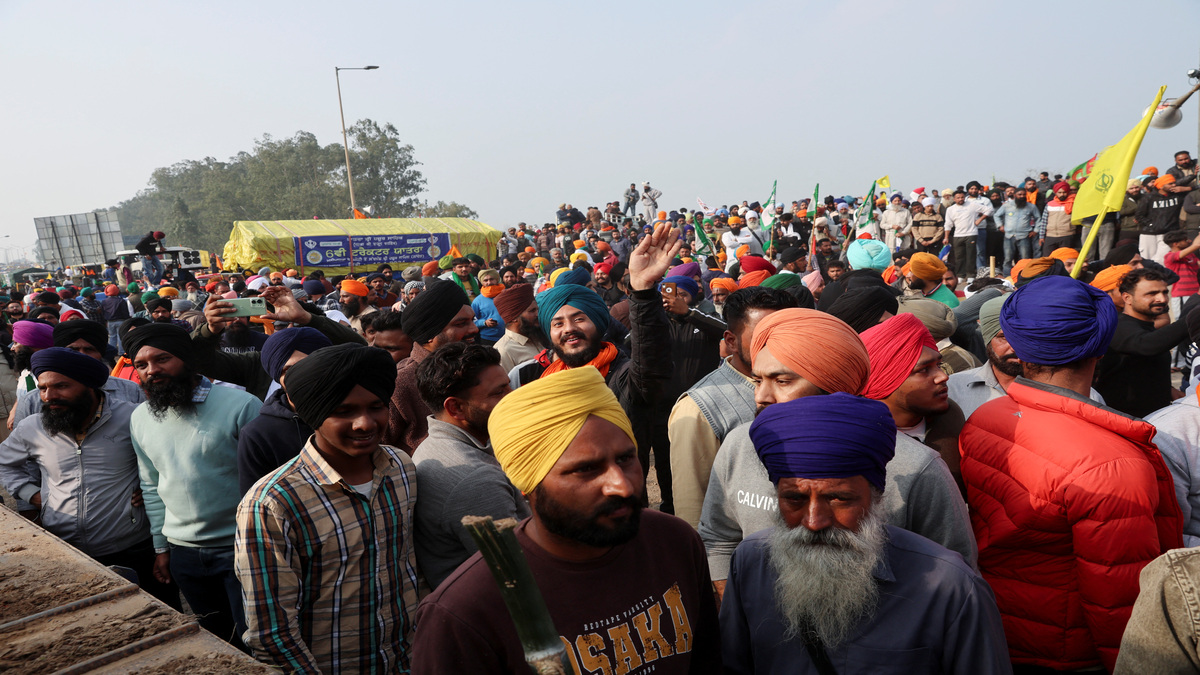by Srinivasa Prasad
Long before Vipin Gopal, a Malayalee chemical engineering student, thought up the phrase God’s Own Country in 1993 to describe Kerala, Swamy Vivekananda had called the place a mad house.
This was what Vivekananda said in 1897: “…the poor Pariah is not allowed to pass through the same street as the high-caste man, but if he changes his name to a hodge-podge English name, it is all right; or to a Mohammedan name, it is all right. What inference would you draw except that these Malabaris are all lunatics, their homes so many lunatic asylums...” This has been widely interpreted to mean that Vivekananda considered the whole place to be a mad house of a byzantine and medieval caste system.
For some time now, a man called Vellapally Natesan, with blessings from the BJP, has been trying to make Kerala less of a mad house by welding together the many Hindu castes. He even talks of “one god and one religion” but makes no secret of his designs to turn all Hindus into a single political force. Natesan, 79, heads the 113-year-old Sree Narayana Dharma Paripalana (SNDP) Yogam, which represents the backward caste of Ezhavas. The Ezhavas, traditionally toddy-tappers, make up about 23 percent of Kerala’s Hindus, followed by upper-caste Nairs, some 14 percent.
But with Assembly elections in the state around the corner, Natesan’s unification project is only making the mad house look even madder. He hasn’t ended up unifying the castes. He has ended up creating a new buzz phrase in Kerala’s politics: the ‘Hindu vote’.
Along came Kummanam Rajasekharan, a 64-year-old unmarried Nair and a hardcore Hindutva man, as the state BJP President in December, and the phrase began to be tossed around even more. It’s another matter that Rajasekharan’s appointment — he was an RSS Pracharak and a VHP functionary earlier and never part of the BJP — left some party members fuming. He, however, quickly galvanised the Sangh Parivar into a combative election mode to grab the ‘Hindu vote’.
All this has left Kerala’s Congress Chief Minister Oommen Chandy, already hassled by corruption charges, wondering what is going on, and he has no hope of finding an answer till the Assembly elections are held in April or May.
Chandy’s confusion is not surprising. In Kerala, it has always been the Christian vote and the Muslim vote. As for the Hindu vote, it was never the Hindu vote: It was either the Nair vote or the Ezhava vote or the Brahmin vote or the Dheevara vote and so on.
According to the 2011 census, of Kerala’s 3.3-crore population, Hindus constitute 54.73 percent against the nation-wide percentage of 79.8 percent, Muslims are 26.56 percent (national: 14.23 percent) and Christians, 18.38 percent (national: 2.16 percent).
But is there really a monolithic ‘Hindu vote’ now? The Sangh Parivar fancies there is.
Ground realities, however, show that a consolidated Hindu vote is a chimera that the BJP is chasing. For one thing, Ezhavas and Nairs have been traditional foes. The Nairs have their own 102-year-old Nair Service Society (NSS), headed by G Sukumaran Nair, 75. He is dead set against Natesan’s Hindu consolidation drive, a year after he was quite gung-ho about it. Both Nair and Natesan face opposition from within their outfits.
Moreover, the clout the NSS and SNDP have among their respective castes is no big deal. Not every Nair or Ezhava waits for a wink from either Sukumaran Nair or Natesan before pressing the buttons on the voting machines.
And yet, if the talk of the ‘Hindu vote’ continues to dominate all political discussions in places ranging from chai addas to newspaper offices, don’t blame Natesan or BJP alone for it. At least in theory, the idea of a ‘Hindu vote’ does make sense to many Hindus of all castes in the context of blatant minority appeasement by the Chandy government. Never mind that the catchphrase is fired like a bullet even when a single Hindu caste is troubled by the pampering of minorities at the cost of that particular caste.
The Congress, which leads the United Democratic Front (UDF), has always depended largely on the backing of Muslims and Christians — Muslims through its constituent Indian Union Muslim League (IUML) and Christians via the many factions of the Kerala Congress. Besides, a good number of Nairs, some of the Ezhavas and other castes have stood by the party.
As for the CPI(M), which heads the Left Democratic Front (LDF), the Ezhavas have been its backbone. Post-poll studies showed that more than half the Ezhavas plumped for the LDF in the 2011 Assembly election. The LDF also gets its votes from Dalits, other backward castes, some from the upper castes and some from the minorities.
More than the Hindutva rhetoric and the talk of Hindu consolidation, it’s the way the Congress has been kowtowing to minorities that is eroding whatever support it has from Hindus. Minority appeasement by the Congress has always been a pet theme of the BJP, but it’s clear that in Kerala, the Congress capitulates under pressure from Christians and Muslims — whether in the allocation of tickets, ministerial berths or other favours — for its own survival.
The feeling that Hindus are given a short shrift by the Congress in Kerala is not new but it became stronger after Chandy took over. Having won the 2011 Assembly election with a slender margin of four seats in a house of 140 in 2011, Chandy felt compelled to bend over backwards to entertain his Muslim and Christian constituents to save his government.
Despite its highfalutin discourse on secularism, the Left has not been entirely innocent of playing the communal card. But the Congress is seen as the bigger culprit. And so the increasingly disenchanted Hindus — of one caste or another — who voted for the Congress in the past, see the BJP and the Left as alternatives in that order.
That’s the reason why the BJP’s vote share went up from 4.75 percent in the 2006 Assembly elections to 6.06 percent in the 2011 Assembly elections, to 10.3 percent in the 2014 Lok Sabha elections and an all-time high of 13.3 percent in the 2015 civic elections.
The civic elections, held just three months ago, confirmed Chandy’s fears. The Left walked away with most of the local bodies and the BJP, with some. The Congress was pushed to the second place. It was clear that the BJP ate more into the Congress votes than the Left’s.
Chandy knows he needs the Hindu vote badly, but is at a loss to know how to get it. If he tries to placate Hindus in some fashion in the next two months or at the time of distributing Assembly election tickets, he may lose some Muslims and Christians to the Left. If he doesn’t, he will lose more Hindus.
Right now, Chandy is doing the only thing he can: Keeping his fingers crossed.


)




)
)
)
)
)
)
)
)